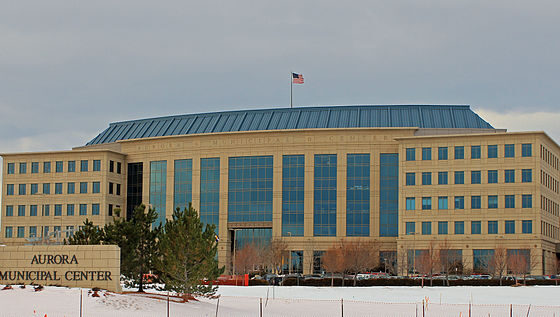This summer, the ASCEND campaign, a DU fundraising campaign that has been running for the last eight years, will draw to a close. Sarah Satterwhite, the senior director of Development Communications, has worked on the project since January 2007. She said the achievements of the campaign have been monumental for student and campus growth.
“This campaign has been the most successful in university history,” said Satterwhite.
According to Satterwhite, more than 460 million dollars has been raised for the university, donated by more than 46,000 donors. The money has funded campus betterment projects, such as building the Anderson Academic Commons (AAC).
“We’ve been focused on enhancing the student experience with innovative spaces, scholarships to increase diversity and funds to attract strong faculty members,” said Satterwhite. “Strengthening the student experience is one thing, and strengthening the university for the long term is another. We have more than doubled the endowment during the campaign, and this puts us on a solid financial footing for the future.”
Scott Lumpkin, the vice chancellor for University Advancement, leads the university’s fundraising and engagement efforts with 88 people across campus.
“The goals of the ASCEND campaign are to support the people and the programs of the university,” said Satterwhite. “Some previous campaigns have created remarkable facilities, and Chancellor Robert Coombe’s vision for ASCEND has been to focus on our people. That’s why we talk a lot about scholarships. We have established 558 new scholarships during the campaign.”
Satterwhite said that despite having a set of priorities, the campaign morphed as the years went by and the students—and their concerns—changed.
“Campaigns are traditional, so embarking on a campaign wasn’t new ground,” said Satterwhite. “However, ASCEND was custom-tailored to the current needs of the university. The priorities stayed consistent, although I’ve seen the campaign tweaked and adjusted. When new opportunities came up, the university was able to be flexible enough to adapt.”
These opportunities included a gift matching program initiated by the university in 2010. Over the last four years there has been a scholarship matching program: If individuals gave a certain amount, the university would match it, doubling the impact of the gift.
According to Satterwhite, the program went over remarkably well. When the allotted amount had been used up by the fall of 2012, a new match initiation was set up the following spring to continue the effort. Altogether, the university resources approved by the Board of Trustees to fund the matching program totaled over $50 million.
“Many of our donors were excited about the opportunity to double the impact of their gift,” said Satterwhite. “It was inspiring to a lot of people, enabling them to have a bigger impact than they thought they could.”
Satterwhite stressed that it was important to get as many alumni and donors involved as possible and that no gift was too small.
“The increase in participation has been very decisive,” said Satterwhite. “When we added up all the gifts of less than a $100, those gifts totaled $3.6 million. When people make even modest gifts, all together, it makes a huge difference to the university. Student involvement has been important as well, particularly as seniors have participated in the senior class giving campaign, supporting the areas on campus that have meant the most to them.”
As the campaign comes to a close this summer, Satterwhite has been focusing on writing donor, student and faculty profiles in order to communicate the human aspect of everything that has been achieved.
“My goal is to talk about the difference the campaign has made,” said Satterwhite. “Numbers are one thing, but the clearest way to see the impact of the campaign is through the people it supports. We are answering the questions of ‘what difference has this made in the student’s life, in the donor’s life and in the faculty member’s life?’”
Satterwhite has been working with students in the DU Writing Program as well as freelance writers in order to put a personal feel on everything that has been accomplished.
“We have a long standing tradition of philanthropy at DU, which is told in part by the Tradition and Legacy display in the Anderson Academic Commons. The philanthropy display is upstairs on the [western] wall,” said Satterwhite. “The stories about the ASCEND campaign tell what philanthropy is doing here and now at the university. These stories will be featured online and in print publications throughout the rest of the year.”
Satterwhite is looking for students to become involved in writing 300-word profiles of donors, students and faculty members. Anyone interested can contact her at Sarah.Satterwhite@du.edu. Anyone interested in getting involved with student philanthropy at DU can contact Chuyen Huynh at Chuyen.huynh@du.edu.











